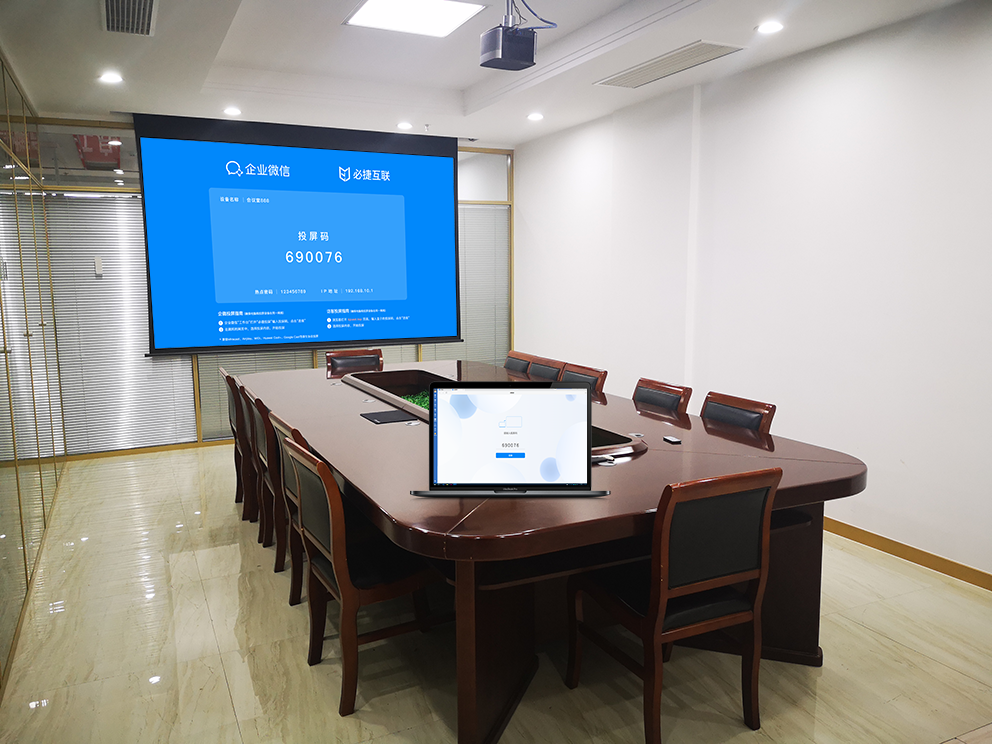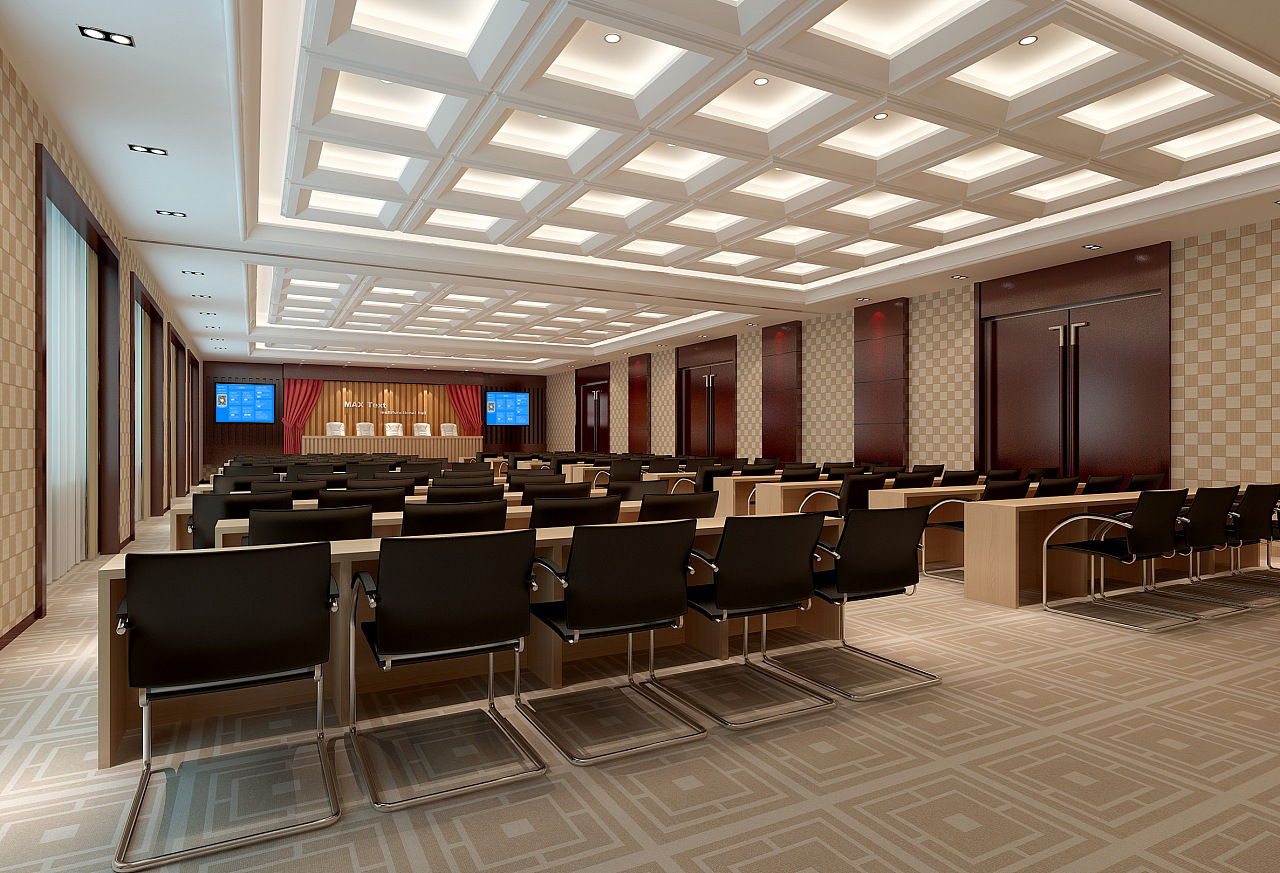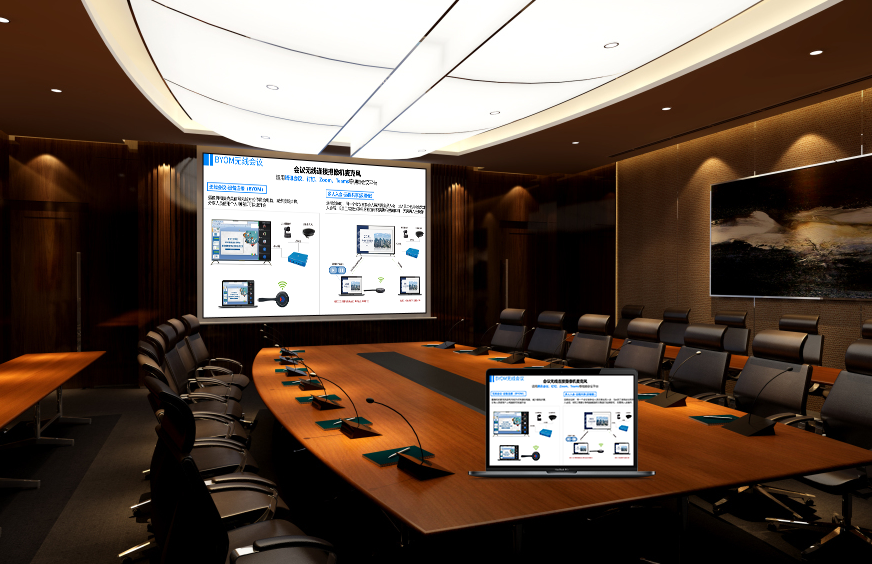RTSP Streaming Media Recording and Broadcasting Integration: The Key Hub for Connecting Audio-Visual Collaboration
In today’s world where audio-visual technology deeply permeates various industries, recording and broadcasting functions have become core requirements in scenarios such as conferences, education, and security. As a universal protocol for streaming media transmission, RTSP (Real-Time Streaming Protocol) directly determines the compatibility, stability, and scalability of audio-visual systems through its recording and broadcasting integration capabilities. A mature RTSP streaming media recording and broadcasting integration solution, by seamlessly connecting devices and platforms, is building an efficient and flexible audio-visual management system for various industries.
I. Full Protocol Compatibility: Breaking Down Device Barriers
The core advantage of RTSP streaming media recording and broadcasting integration lies in its wide adaptability to multi-brand and multi-type devices. Whether it is traditional security cameras, conference cameras, professional encoders, or NVR (Network Video Recorder) hard disk recorders, all can achieve interconnection through this solution as long as they support the RTSP protocol:
- Cross-brand compatibility: Free from the closed ecosystems of device manufacturers, cameras from mainstream brands such as Hikvision, Dahua, and Sony can all be connected to the same recording and broadcasting system, avoiding “information silos” caused by device differences.
- Coverage of multi-type devices: From high-definition network cameras to 4K conference cameras, from single-channel encoders to multi-channel streaming servers, devices with different resolutions and interfaces can stably transmit audio-visual streams via the RTSP protocol, meeting the device combination needs of complex scenarios.
- Protocol adaptive parsing: Supports RTSP over TCP/UDP dual-mode transmission and automatically identifies device encoding formats (such as H.264/H.265), eliminating the need for manual parameter configuration and significantly reducing the technical threshold for device integration.

II. Full-Process Recording and Broadcasting Management: Achieving “Acquisition – Recording – Storage – Management” Integration
RTSP streaming media recording and broadcasting integration is not just simple signal transmission, but builds a full-process closed loop from acquisition to management:
- Real-time recording and synchronization: Audio-visual streams obtained via the RTSP protocol can be written into the recording and broadcasting system in real time, supporting modes such as single-channel independent recording and multi-channel composite recording. It ensures strict synchronization of video and audio with millisecond-level delay control, avoiding “audio-video asynchrony” in conference or course recording.
- Flexible storage and backup: Recorded files can be stored locally on servers or automatically synchronized to the cloud, supporting strategies such as scheduled backup and incremental backup. They are compatible with mainstream formats like MP4 and TS, facilitating post-editing and playback.
- Intelligent recording control: Supports multiple 启动方式 such as manual triggering, scheduled recording, and signal triggering (e.g., automatic recording when a meeting starts). Combined with the bidirectional control feature of the RTSP protocol, it allows remote adjustment of camera focus and screen switching, enabling unmanned intelligent recording and broadcasting.
III. Lightweight Deployment: Reducing System Integration Costs
Traditional recording and broadcasting system integration often requires complex gateway devices or custom development, while the RTSP protocol-based recording and broadcasting solution simplifies the integration process with its lightweight advantages:
- Plug-and-play integration: After devices are connected to the network, the recording and broadcasting system directly pulls stream signals via RTSP URLs, eliminating the need for additional protocol conversion devices and reducing hardware investment and cable laying.
- Cross-network penetration capability: Supports RTSP stream transmission in LAN and WAN environments. With port mapping and encrypted transmission technologies, even in remote branches, recording and broadcasting integration can be achieved via the public network, meeting distributed scenario needs.
- Visual configuration interface: Operations such as device addition, stream address configuration, and recording parameter setting can be completed through a web management platform. Maintenance personnel can quickly complete system deployment and debugging without professional coding knowledge.

IV. Rich Extended Applications: Empowering Multi-Industry Scenarios
The value of RTSP streaming media recording and broadcasting integration lies not only in “recording” but also in providing an audio-visual data base for multiple scenarios:
- Education scenario: Classroom cameras are integrated with the recording and broadcasting system via RTSP to realize automatic course recording and post-class playback. They also support pushing live streams to teaching platforms, meeting hybrid teaching needs.
- Conference scenario: Conference room cameras are connected to the recording and broadcasting system to record and archive meeting content in real time. RTSP streams can be synchronously pushed to video conferencing platforms, achieving “recording + live broadcasting” integration and facilitating review by remote participants.
- Security scenario: After RTSP streams from security cameras are 接入 the recording and broadcasting system, they can be linked with alarm systems to trigger recording for abnormal events. Recorded files support integration with security platforms, providing a basis for post-event tracing.
RTSP streaming media recording and broadcasting integration, with its strong compatibility, full-process management, and lightweight deployment features, has become the key link connecting audio-visual devices and business systems. Whether simplifying multi-device integration difficulties or improving recording efficiency and scalability, it provides stable and reliable technical support for industries such as education, enterprises, and security, making the acquisition, storage, and application of audio-visual data more efficient and flexible.
